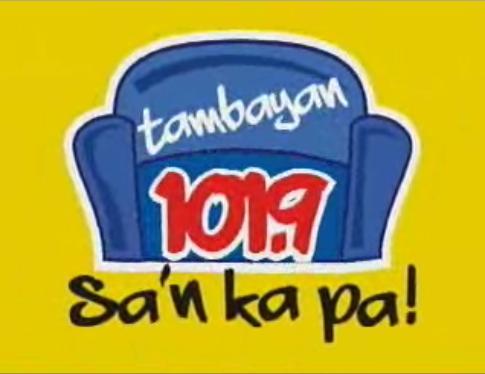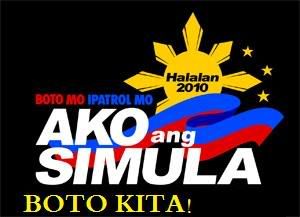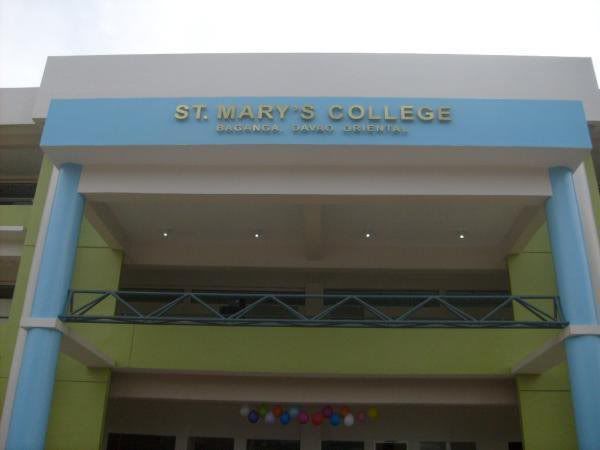Abundance of nature in Baganga
With the long coastline, fishing  is a major and alternative source of livelihood to coconut farming. Baganga can boast lobster, clam, and a variety of other seafood. Bagangeños mostly live off the abundance of nature—coconut, logging, and marine resources. Few other business opportunities are available this far from the city. The effects of El Niño have been limited. I experienced lots of rain and not a single brownout during my three days in the town, and this at a time when six-hour brownouts and drought are haunting most of Mindanao.
is a major and alternative source of livelihood to coconut farming. Baganga can boast lobster, clam, and a variety of other seafood. Bagangeños mostly live off the abundance of nature—coconut, logging, and marine resources. Few other business opportunities are available this far from the city. The effects of El Niño have been limited. I experienced lots of rain and not a single brownout during my three days in the town, and this at a time when six-hour brownouts and drought are haunting most of Mindanao.
Election posters are pasted or nailed on the coconut trees along the roads. This is a violation of the law—posters are supposed to be placed in common poster areas only. However, how else will people know who are the candidates? Hopefully the candidates and their supporters will remove the posters after election day so that the posters won’t turn into litter polluting an otherwise clean town. The beaches are clean—I didn’t see plastics, cigarette buts, wrappers or other types of garbage on the beaches that I visited. A few empty Tanduay bottles on the isolated beach at the mouth of the Langoyon River were all the trash that I saw. Somebody must have gone to this remote place to drown his heartache.
Baganga, by the way, has lakes too, ideal for people who like to swim but don’t like the big waves of the sea.
































